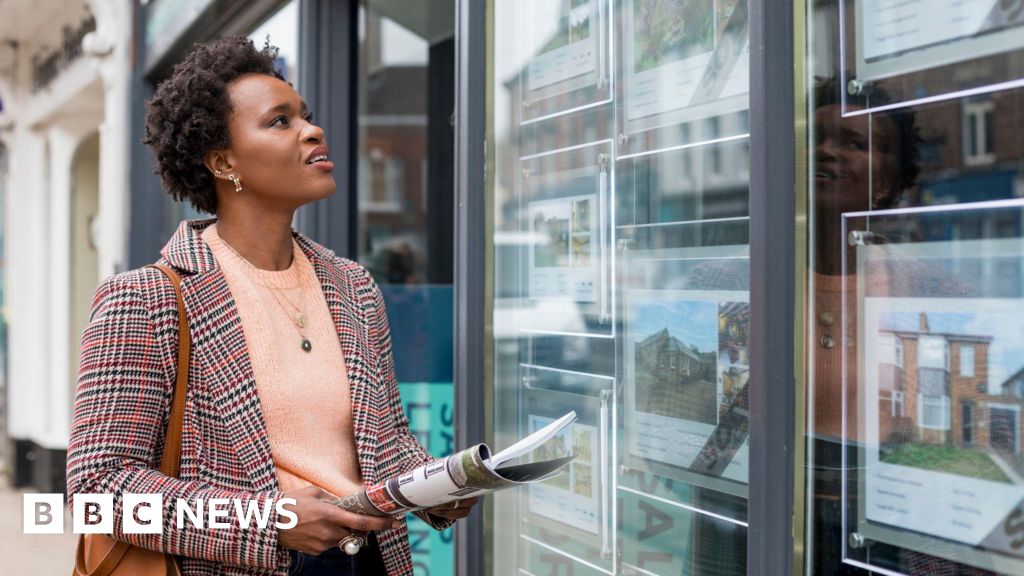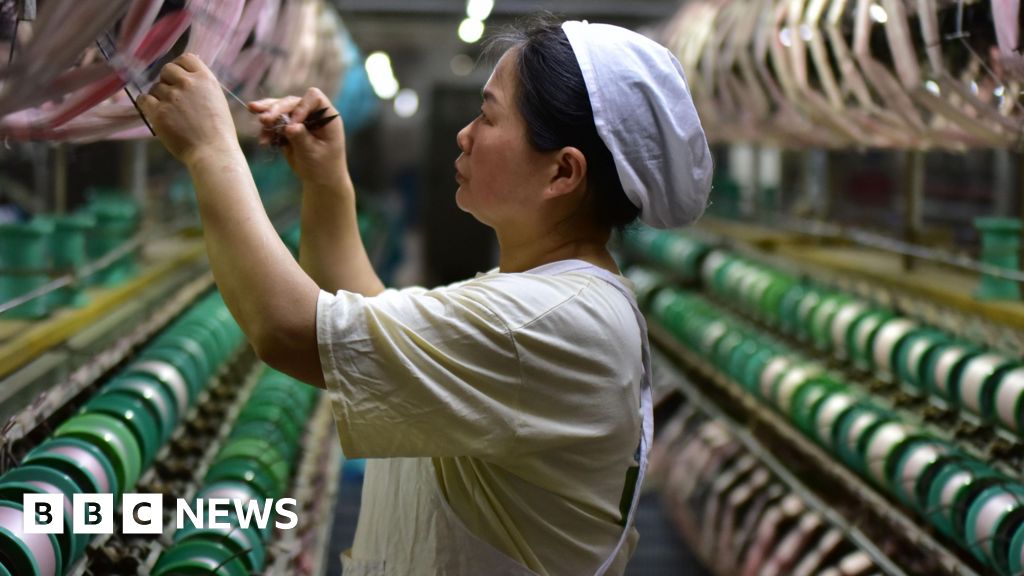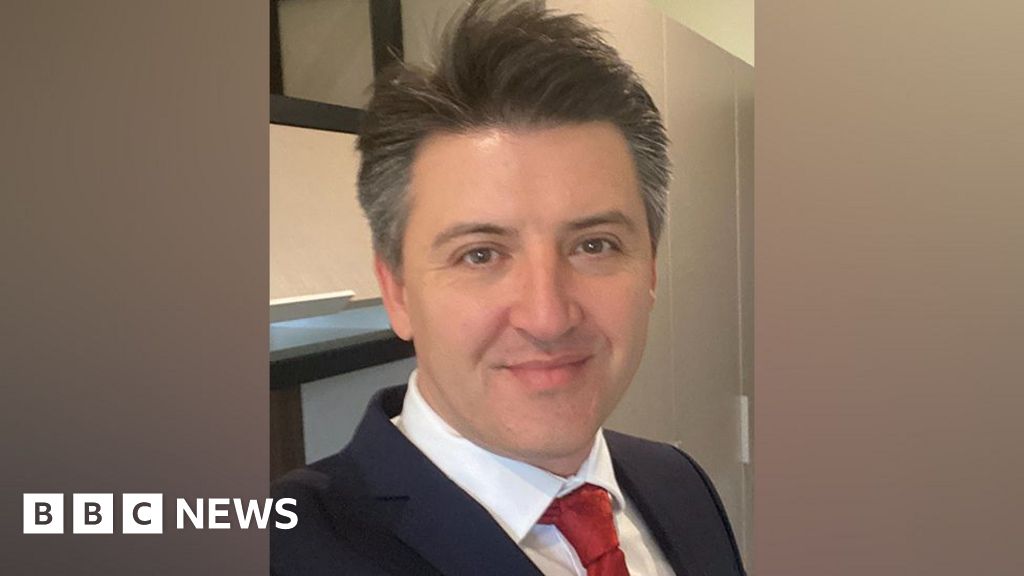Ma Yansong’s first museum in Europe is a ‘metaphor’ for migration
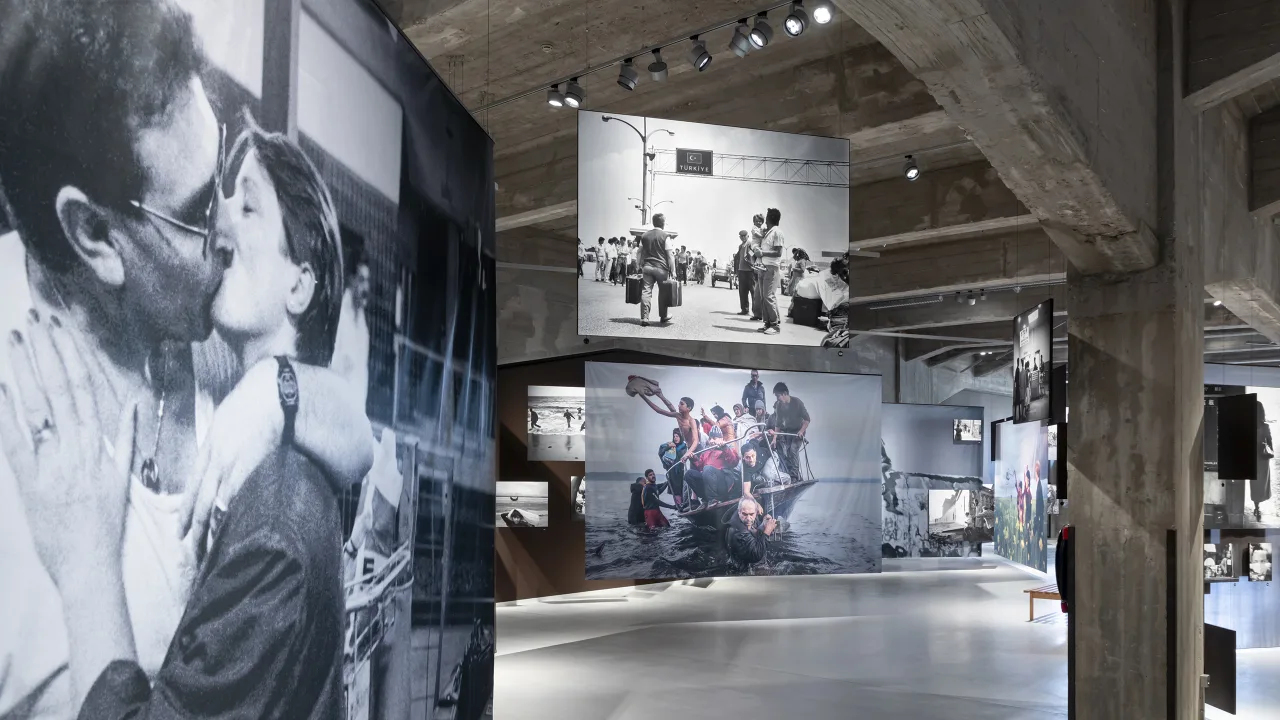
Ma Yansong is gesturing at a spiraling staircase inside the atrium of a building. The founder of MAD Architects—the Chinese firm behind the soon-to-open Lucas Museum of Narrative Art in Los Angeles—is in Rotterdam, the Netherlands, to inaugurate the opening of his first museum in Europe, and he is talking about movement. Of forms, yes, but mostly of people.
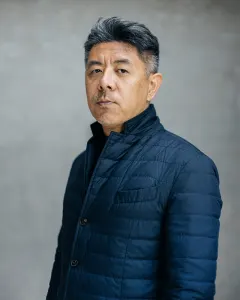
The museum, called Fenix, sits on the edge of Rotterdam’s historic port, which was also the first Chinatown in continental Europe. It was here, from the banks of the River Maas, where millions of emigrants—Albert Einstein included—boarded ships toward North America in search of better opportunities. And it is here, in the building that once housed the world’s largest harbor storage warehouse for the Holland America Line, that Yansong has come to reflect on the meaning of migration.
Fenix is likely the first art museum in the world dedicated to the politically loaded theme of migration. Exhibitions stretch across two long, airy floors inside a century-old warehouse that was purchased by local art and culture foundation Droom en Daad in 2018, then restored by local architects from the design firm Bureau Polderman. MAD’s tangled staircase connects both floors, then swoops out through the roof into a panoramic platform that offers sprawling views of the city. “I think it’s an architectural element, but it’s also a metaphor; it has a storytelling function,” Yansong says.
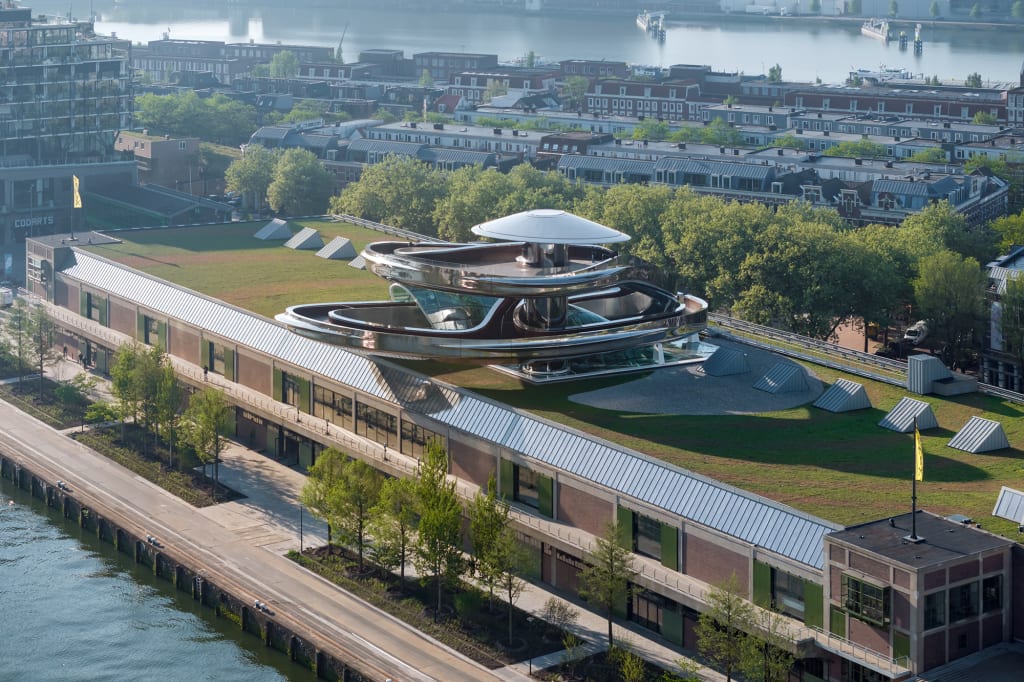
“It’s not about numbers”
Fenix is opening at a time in which migrants around the world are being vilified, humiliated, deported. The EU has been hardening its migration policy for years, and hard-right parties are fast gaining ground—in the Netherlands as well. Since President Donald Trump took office, he has shifted nearly every aspect of U.S immigration policy to constrict regular immigration pathways, deport primarily black and brown immigrants living in the U.S. regardless of their legal status or criminal history, and instill fear among those who remain.
By comparison, the team behind Fenix is approaching migration with empathy. “We show that migration is not about numbers or facts, but it’s really about people,” says Anne Kremers, director of Fenix. “There’s a migration story to tell in every family, so that really is our angle: to show that we’re all human.”
The underlying theme is perhaps best illustrated by a giant sculpture of a sun hanging over the lobby, which is here to suggest that we all live under the same sun. The galleries showcase personal histories of identity and migration from around the world: a Chinese talisman from a queer man who fled his native China for the Netherlands, and a life-size MTA bus with various characters made of wood. One exhibition makes the argument that we are all one big family of migrants. Another lets you journey through a labyrinth of 2,000 suitcases collected from across the Netherlands, the United States, and Canada.

A metaphor for migration
In the atrium, Yansong has articulated his own interpretation of migration in the form of a loopy, sinuous stairway that has been dubbed Tornado. This star attraction is actually two staircases that meet at two separate junctions before ushering visitors onto the roof. For Yansong, these junctions are symbolic of the journey a migrant takes. “You have to choose,” he says.
In pure Rotterdam style, the stairs were craned into place after being transported by barge. The structure is clad in 297 highly polished, stainless steel panels—each a different size and made in Groningen, in northern Netherlands. The steps themselves are made of a Norwegian wood called Kebony, which develops a natural silver-gray patina over time and resembles the wood on a ship deck. On the roof, when you lean over the balustrade, you can almost feel the flurry of emotions that emigrants must have felt when waving to their loved ones, themselves standing on the nearby “pier of tears.” (A pill-shaped elevator encased in a glass cylinder provides an accessible route and culminates to a similar experience when you emerge onto the roof.)
Sometimes, architects designing art museums choose to scale back the architecture in order to let the art speak for itself. Here, Yansong opted for a design that bolsters it. Some will inevitably find the steel too impersonal in a museum that is filled with such intimate, vulnerable stories. But as visitors walk around the atrium and climb up the steps, they will see one another reflected in the mirrored surface, which—smudges be damned—is designed to reinforce the shared experience of the moment.
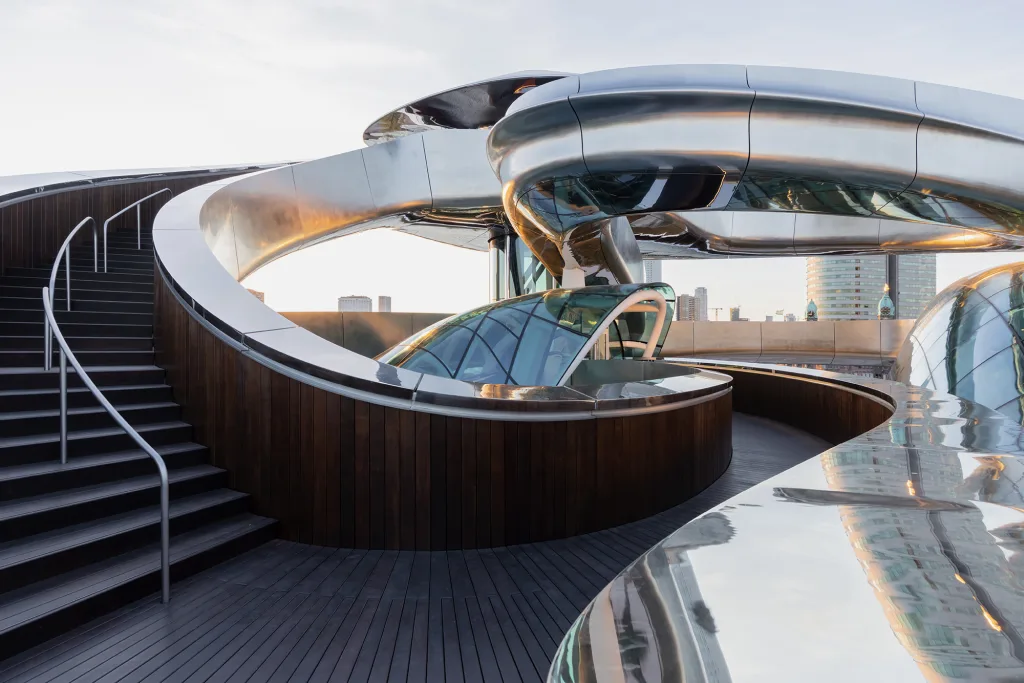
Designing with emotion
MAD is no stranger to cultural buildings, among them the Harbin Opera House in the province of Heilongjiang and the China Philharmonic Concert Hall in Beijing. But Fenix is the studio’s first cultural project in Europe, and the first European museum designed by a Chinese firm—an achievement that Yansong has long yearned for. “I always wanted this opportunity,” he says of the chance to design a museum in Europe. “It’s a journey for me, you know, to understand other people. I think that’s the most exciting part, for I go to a different place and try to understand.”
Yansong grew up in Beijing, in the traditional hutong alleyways that would later be demolished as part of the country’s rush to modernize. During his early 20s, he studied at Yale, then worked in London (under Zaha Hadid) before returning to his native country. Since then, Yansong has become part of the second generation of Chinese architects revolutionizing architecture after the country opened up to private practice in the 1990s.
In 2012, he gained international fame with his curvaceous “Marilyn Monroe Towers” in Mississauga, Canada, which led to other international commissions like an apartment complex in Paris, or most recently the One River North apartment block in Denver. But his Chinese background never seems to stray too far. “I think the fundamental difference between China and the Western world is the Chinese use more emotion,” he told me.
In Fenix, like with every building, Yansong began with a hand sketch. “You capture an emotion at one moment,” he says, “and I try to keep that until the end—not to change it or make it perfect.”
To him, the museum is a poetic interpretation of the migration that his own people have experienced—”the Chinese go everywhere,” he says—but also of migration as a whole. “Movement is universal.”
What's Your Reaction?
 Like
0
Like
0
 Dislike
0
Dislike
0
 Love
0
Love
0
 Funny
0
Funny
0
 Angry
0
Angry
0
 Sad
0
Sad
0
 Wow
0
Wow
0























































![FBI: Most Wanted’s Closure-Filled Series Finale Reveals a Pregnancy, a Big Career Move and a New [Spoiler]](https://tvline.com/wp-content/uploads/2025/05/fbi-most-wanted-series-finale.jpg?#)




























